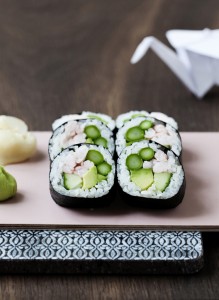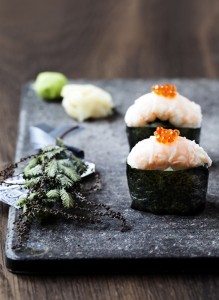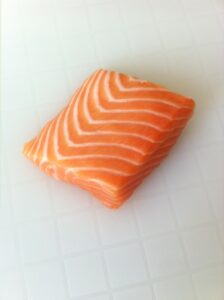What kind of sushi the Japanese choose when they eat sushi depends on whether they eat sushi in a restaurant or order sushi as take-away.
If it is about a dinner that is enjoyed in a restaurant, the Japanese prefer to eat nigiri sushi. Sushi restaurants in Japan often have 15-20 different fish on the menu, which is a nice opportunity to taste many different fish and shellfish in one evening.
In Japan, it is very normal to eat 13 pieces of nigiri in one evening. Dinner usually ends with an omelet.
When it comes to take-away the Japanese prefer sushi rolls. The mainly chooses the small and the large rolls, where the seaweed is on the outside of the roll. The selection is large and the rolls are available with fillings ranging from pickled plum to shiitake mushrooms. Insite out rolls, where the seaweed is inside the roll are not very common in Japan.
On the Sushi course for beginners, you learn step by step how to make several different tasty sushi.
Read more about Sushi course for beginners
_
Zoë has lectured and held sushi courses for A. P. Moller – Maersk, Hugo Boss Nordic, Novo Nordisk, Novartis, Velux, Gorrissen Federspiel, Beierholm revision, Elbek & Vejrup and many more.







